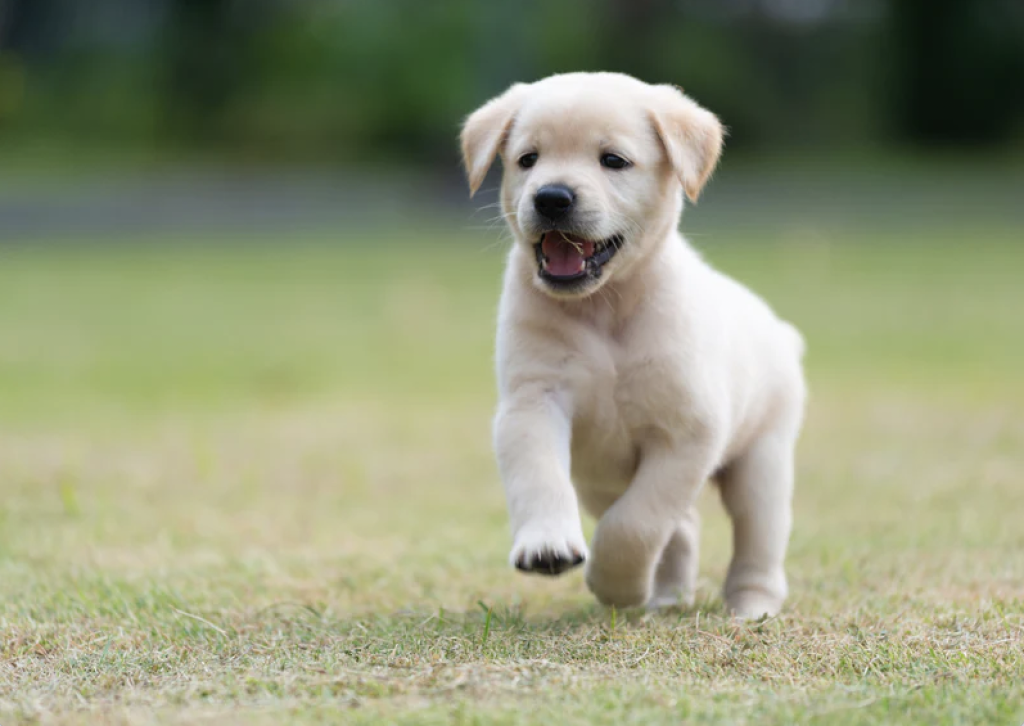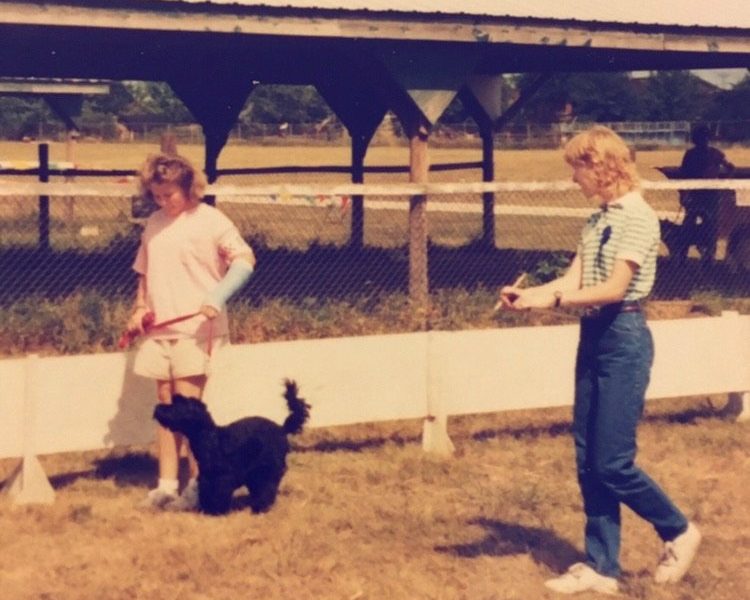
Teaching children about dog safety is crucial for promoting a harmonious and safe interaction between kids and dogs. It is essential for children to understand the boundaries and respect they need to have when interacting with dogs. In this article, we will provide a detailed description of dog safety tips for kids, emphasizing the importance of teaching boundaries and respect, and offering practical advice to ensure a positive and safe relationship between children and dogs.
- Educate about Different Dog Breeds and Behavior: The first step in teaching kids about dog safety is to educate them on different dog breeds and their behavior. Explain to them that different breeds have different temperaments, energy levels, and needs. For example, some breeds are more active and energetic, while others are more laid-back. Teach children to understand and respect these differences, as it will help them interact appropriately with any dog they encounter.
- Supervision: It is crucial to emphasize the importance of adult supervision when kids are around dogs. Adults should always be present and actively supervise any interactions between children and dogs, especially for younger kids who may not fully understand appropriate behavior around dogs. This will allow adults to intervene if necessary and ensure the safety of both the child and the dog.
- Teach Appropriate Behavior: Teach children what is considered appropriate behavior when interacting with dogs. This includes:
a. Gentle Touch: Encourage kids to pet dogs gently, using slow strokes rather than quick or rough movements. Teach them to avoid pulling on fur, ears, or tails, as this can be painful and distressing for the dog.
b. No Hugging or Kissing: Explain that not all dogs enjoy being hugged or kissed. Some dogs may find this behavior threatening or uncomfortable. Teach children to ask the dog’s owner for permission before attempting any physical contact beyond petting.
c. Respect Personal Space: Kids should understand that dogs, like humans, have personal space. Teach them to recognize signs of discomfort or stress in a dog, such as growling, barking, or trying to move away. Instruct children to give dogs their space and not to bother them if they show these signs.
d. Avoid Disturbing Dogs While Eating or Sleeping: Teach kids to never disturb a dog while it is eating, sleeping, or taking care of its puppies. These are times when dogs can be protective or easily startled, increasing the risk of aggression.

- How to Approach a Dog: Teach children the proper way to approach a dog they want to interact with:
a. Always Ask Permission: Instruct kids to ask the dog’s owner for permission before approaching any dog, even if it seems friendly. Teach them that not all dogs like being approached by strangers, and it is essential to respect the owner’s decision.
b. Use Non-Threatening Body Language: Explain that kids should approach dogs calmly and avoid sudden movements or loud noises that can startle them. Encourage children to hold out a hand for the dog to sniff, allowing the dog to become familiar with their scent before attempting any physical contact.
c. Allow the Dog to Initiate Contact: Teach kids to let the dog come to them instead of reaching out to grab or pet it right away. This allows the dog to feel more comfortable and in control of the interaction.
- Signs of Aggression or Fear: It is crucial to educate children about the signs of aggression or fear in dogs. Help them recognize warning signs, such as growling, snapping, baring teeth, raised fur, pinned-back ears, or a stiff body posture. Instruct kids to never approach or interact with a dog showing these signs and to inform an adult immediately.
- Teach Dog Body Language: Teach children to understand basic dog body language, as it can help them gauge a dog’s mood and intentions. For instance:
a. Relaxed Body: Explain that a relaxed and loose body posture indicates that the dog is comfortable and friendly.
b. Tail Wagging: Teach kids that a wagging tail does not always mean a dog is friendly. A slow wag or a stiffly wagging tail can indicate stress or potential aggression.
c. Ears and Eyes: Help children recognize signs of fear or aggression, such as ears pinned back, a fixed or intense gaze, or excessive blinking.

- Teach the Boundaries of Play: Children should understand that dogs have boundaries when it comes to play. Teach them that rough play, such as pulling on ears or tails, chasing, or wrestling, is not appropriate. Encourage gentle play, such as throwing a ball or engaging in interactive games that both the child and the dog can enjoy safely.
- Encourage Responsible Pet Ownership: Teaching children about responsible pet ownership will further promote dog safety. Explain that dogs have needs, such as regular feeding, exercise, and veterinary care. Encourage kids to respect these needs and to understand that dogs are living beings that require love, care, and commitment.
- Role-Playing and Practice: Engage children in role-playing scenarios to reinforce the safety tips and boundaries they have learned. Practice approaching and interacting with stuffed animals or calm, well-trained dogs. This hands-on practice will help children feel more confident and comfortable in real-life situations.
- Reporting Concerns: Teach children the importance of reporting any concerns about a dog’s behavior to a trusted adult. Encourage them to speak up if they feel uncomfortable or witness inappropriate treatment of a dog. This can help prevent potential accidents or mistreatment.

